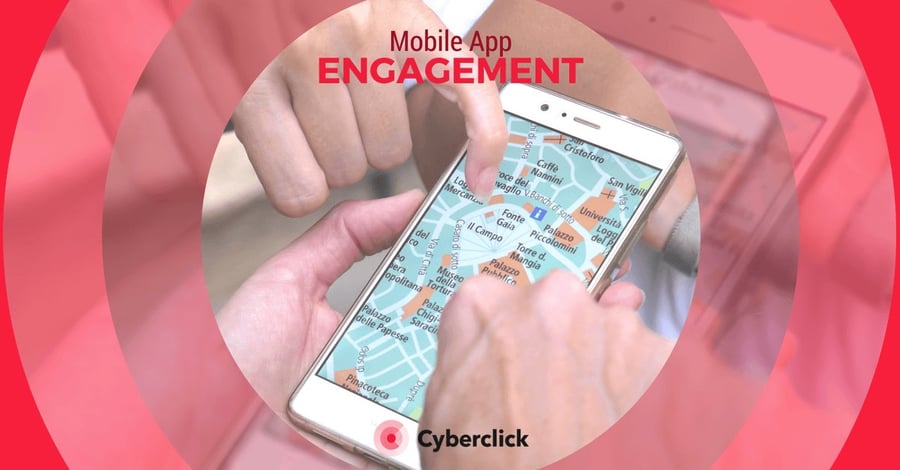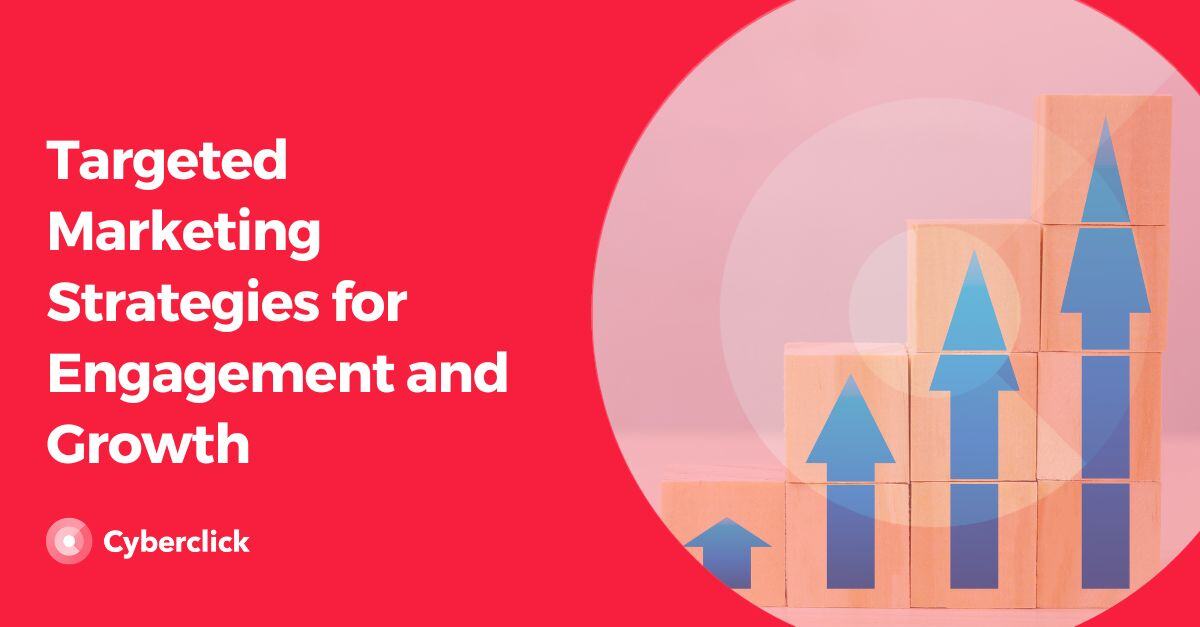The engagement between mobile app and users does not depend just on first sight. Like in a marriage, this love needs to be maintained every day - or else, they will end up leaving you. Forgetting the importance of app engagement while planning your mobile app marketing strategy is a fatal mistake that will greatly harm your app’s worth.
User engagement is one of the main problems that face app designers: on average, 90% of users stop using an app within 6 months of having downloaded it. On a positive note, what you have may just be the beginning of a beautiful friendship, full of magic between your app and its users.

The engagement between apps and users: push notifications and in-app messages
To improve your app engagement, you need to remind your users that your app exists right there on their smartphones, just waiting to entertain them or make their lives easier. The most popular tools to instantly communicate with them are push notifications and in-app messages.
- Push notifications are those which pop up on a users home screen, encouraging them to use the app through offers, exclusive content or discount codes. With these, you will be able to increase the chances of a user using your app for a second time by an average of 25%, but for an app to be successful it is vital to pay close attention to the content, frequency and when to send them. If you overuse them, they can end up just being annoying and have the exact counter-effect of what you’re trying to do.
- In-app messages are those shown once a user has already opened the application. The goal with these is to increase the duration of a session and/or redirect the user to specific content. For them to work, they should be a part of a retention and nurturing strategy, and be activated depending on the users’ behavior.
These two types of communication can complement each other, as they are in no way mutually exclusive. For example, push notifications can be used to recover a user who has stopped using the application, and later in-app messages once he has logged in to put him on the path to conversion. Whatever we do, we have to be extremely careful to not become intrusive, especially with paid apps (where the users expects not to have to deal with advertising).
Use email marketing
Do you think email marketing is a thing of the past? Well, you would be wrong! With the rise of mobile devices, this tool has become more useful than ever to keep in touch with users. Email marketing continues to be one of the most efficient channels in terms of lead generation, user retention and return on investment.
You can use your emails to keep your users up to date with your news and app’s updates, to build expectations and interest, and offer them discounts and special promotions.
If you want to use email marketing to promote your app, do not forget that it is essential that your creative elements be responsive and able to adapt to different device screens and systems.
Improve your database through in-app cross promotion
In-app cross promotion can become a very useful tool for companies who have multiple apps with related users, or in other words, who have created a database based on certain topics or areas of interest. Long story short, it consists in exchanging promotion between different apps to direct users from one app to the other. Both apps and consumers can benefit from this technique - apps by being able to attract new users a low cost, and consumers by having the opportunity to discover other applications related to their interests.
At the moment, in-app cross promotion is very popular among gaming apps. The big companies in this sector usually have several apps and a very elaborate database, and use this strategy to retain users within as many of their apps as possible.
On the other hand, in-app cross promotion is a double-edged sword, as there is always a risk that users will find it intrusive or annoying. It is particularly advised against for cases in which the users has paid to use the app, as they generally expect an advertising-free experience in exchange. Showing cross-promotion message contradicts this expectation, and may result in losing the user.
Make the most of advertising on social media
Another highly recommended strategy to improve your apps retention is the use of coupons, discount codes and other incentives through ads on social media. It is a low cost way to reach out to existing users and gain their loyalty, as well as targeting new audiences.
Nowadays there are more than enough social networks who offer advertising solutions, but let’s focus on the three that are most likely to reach a large audience interested in apps: Facebook, Twitter and Instagram.
- Facebook, the platform with the widest reach
With over one billion active users, Facebook is the ideal place to find your app’s users and encourage them to return to it. What’s more, Facebook offers an ad format specially designed for precisely that: mobile app interaction ads. To make the most of these, pay special attention and use the segmentation option strategically, as well as the mobile platforms on which you want your ad to be shown.
- Twitter, fast and mobile
Twitter is ideal for apps related to “the now” and to sports. Considering 80% of its users access it from a mobile device, it is a very interesting place to promote apps. It also offers some very unique advantages:
- Multi-device consumption: a large percentage of users use Twitter while simultaneously watching TV, significantly increasing engagement opportunities.
- It has over 320 million active users around the globe.
- Provides a real time connection between users and brands.
- Allows you to attract high quality, segmented traffic.
- By using Twitter Audience Platforms, it is possible to expands an ad’s reach, to be seen on thousands of applications. This makes it possible to reach out to up to 700 million users, both inside and outside of Twitter.
If you decide to go with Twitter Ads, you should also know there are artificial intelligence based solutions designed especially to ease the management of this platform and optimize the results.
- Instagram, the new opportunity
This social network has taken a great leap over the last few years, becoming the second biggest one in the entire world. And yet, despite is allure, it is a platform relatively unexplored by advertisers: only 200,000 companies advertise themselves here, compared to Facebook’s 3 million. It is a very interesting place to reach out to a young, visual and artistic audience, and offers very interesting synergies with Facebook’s advertising.
Measure results
Last but not least, no user retention strategy can be complete without planning how we are going to measure the results. If you’re looking to keep up the chemistry between app and user, these are the metrics you will need to be keeping an eye on:
- Retention: the percentage of users who return to an app after their first visit. If this is low, you probably need to review your user experience and think about what you actually do for your users.
- Loading or starting time: if it’s too high, it can negatively impact retention.
- Lifetime Value (LTV): the income generated by each user over their average lifespan in your app. Can be calculated as a monthly average, or per user. It is key, as your app’s sustainability and profitability depend directly on it.
- Users: you need to know not only how many you have, but also how they behave.
- Events: user actions within the app.
- Segmentations: segmentation is a way to categorize users according to their actions within your app. It is possible that some use certain section of the app differently to others, so don’t forget to analyze all of this information and see how it affects your engagement. Monitor their activity to detect patterns, really get to know them and encourage them to interact with the app.
- Time spent in-app: the amount of time the user invests in your app over a certain period of time. This metric helps you find out how much users value your app.
- Session duration: directly related to the point above, the duration of the session is the amount of time people are investing every time they open your app. Remember you can try to increase it by using in-app messages.
- Funnels: The conversion funnel is the series of steps a user should take to complete a purchase. It must be very precisely defined to be able to detect any weak spots and correct them.
- Screenflow: shows users’ navigation pattern through the different screens and which ones they usually find most interesting.
CEO y cofundador de Cyberclick. Cuenta con más de 25 años de experiencia en el mundo online. Es ingeniero y cursó un programa de Entrepreneurship en MIT, Massachusetts Institute of Technology. En 2012 fue nombrado uno de los 20 emprendedores más influyentes en España, menores de 40 años, según la Global Entrepreneurship Week 2012 e IESE. Autor de "La empresa más feliz del mundo" y "Diario de un Millennial".
CEO and co-founder of Cyberclick. David Tomas has more than 25 years of experience in the online world. He is an engineer and completed an Entrepreneurship program at MIT, Massachusetts Institute of Technology. In 2012 he was named one of the 20 most influential entrepreneurs in Spain, under the age of 40, according to Global Entrepreneurship Week 2012 and IESE. Author of "The Happiest Company in the World" and "Diary of a Millennial".



.jpg)

Leave your comment and join the conversation